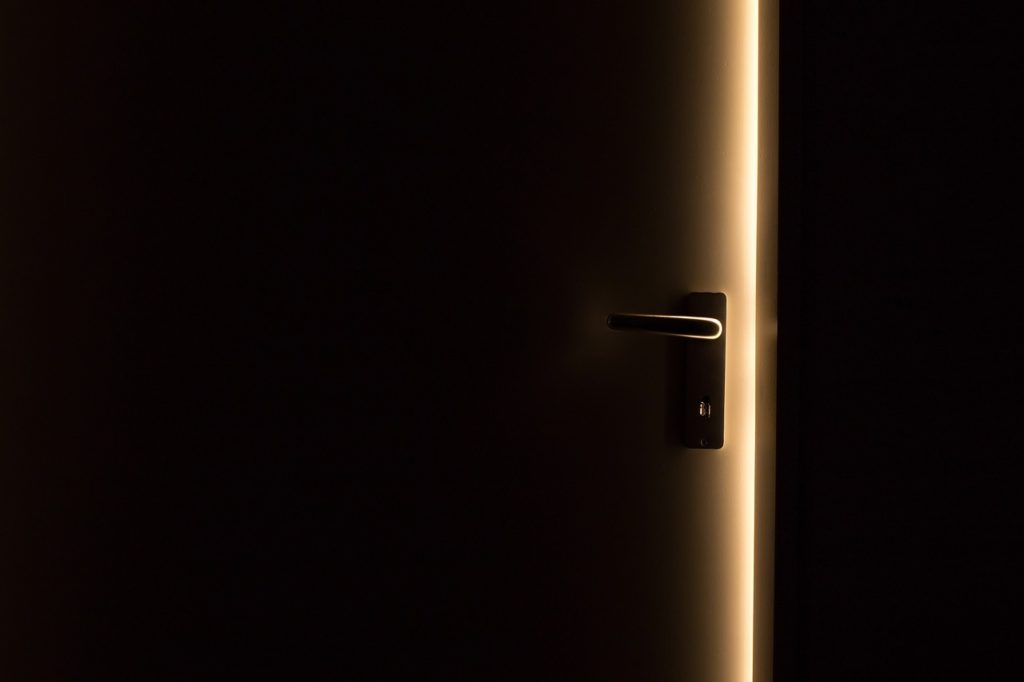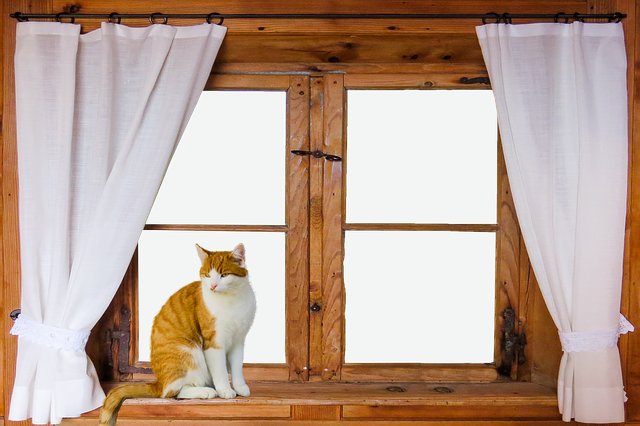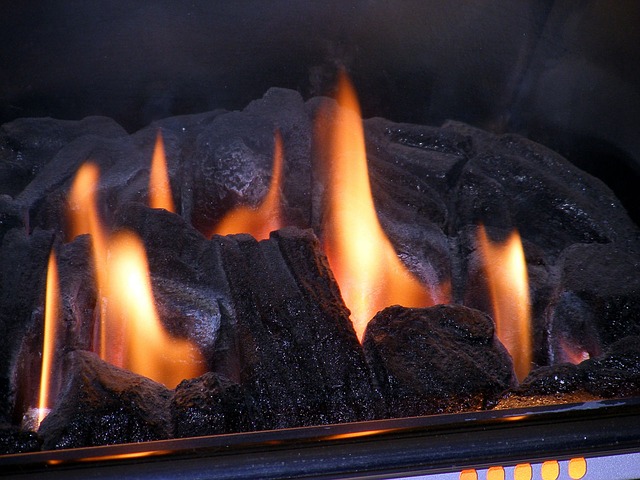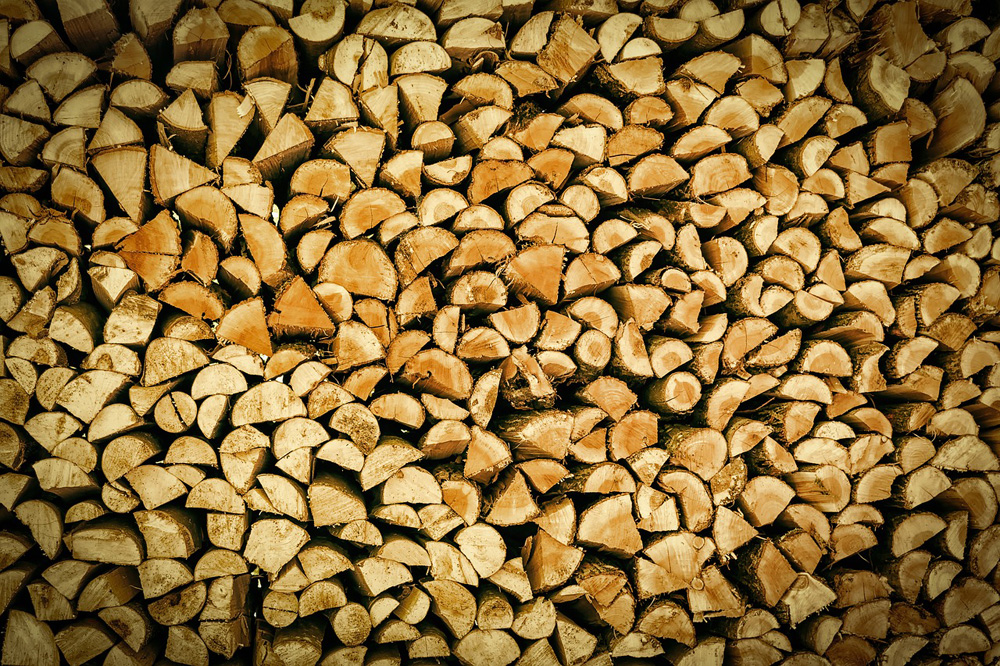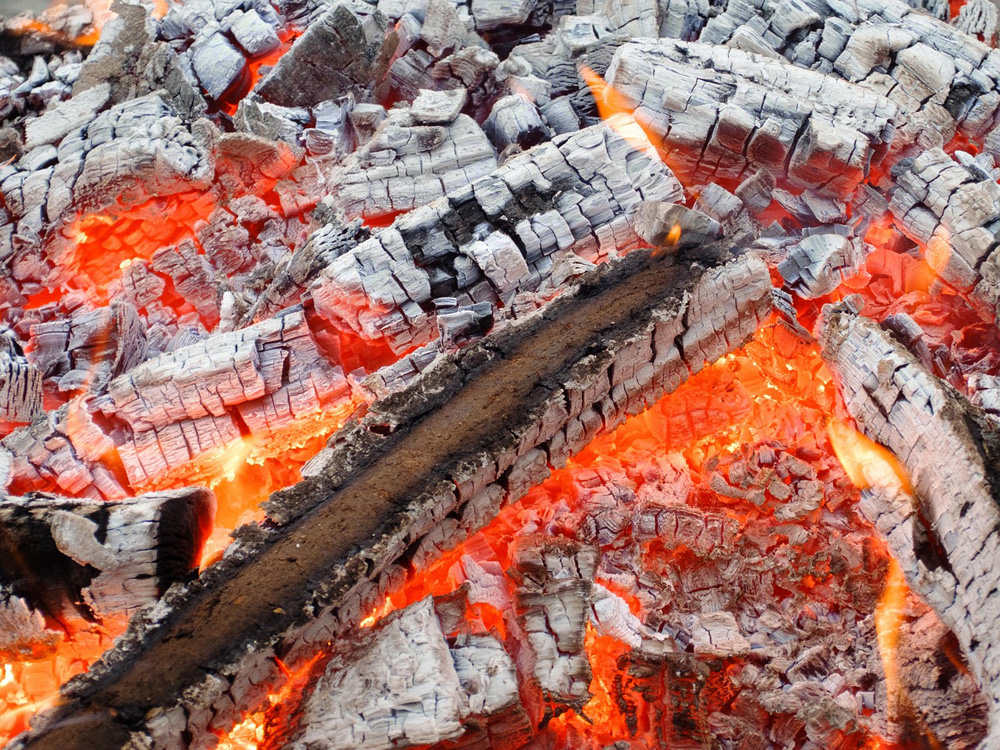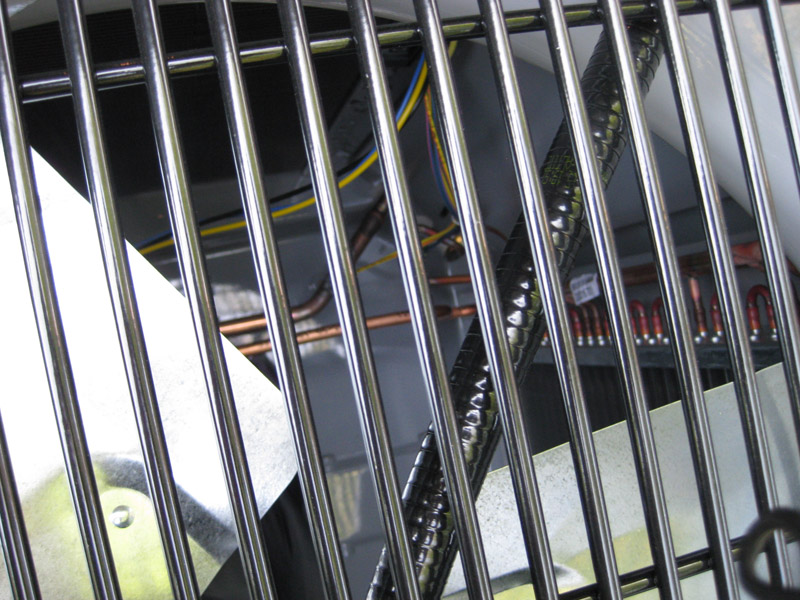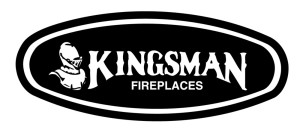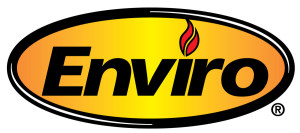Home Heater Blowing Cold Air? Here’s What It Could Mean
7 Possible Reasons Your Home Heater/Furnace Is Blowing Cold Air
A friend of ours bought a new house recently. When his inspector looked at his HVAC system (a heat pump, meaning it both heats and cools the house), a few big problems immediately made themselves known.
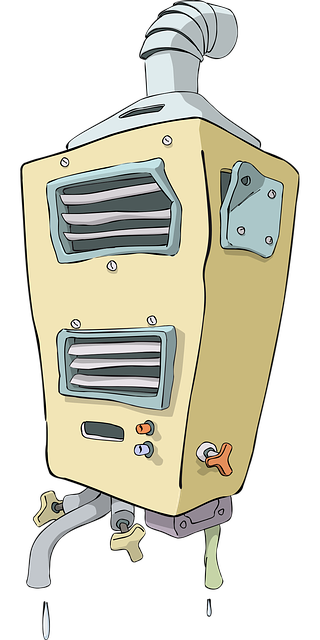 When he turned on the heater, the outdoor unit didn’t seem to be working right, but the indoor unit, an air handler, came on and seemed to heat the house. Though on closer inspection, the heat seemed pretty weak. When he turned on the air conditioner, warm air came out.
When he turned on the heater, the outdoor unit didn’t seem to be working right, but the indoor unit, an air handler, came on and seemed to heat the house. Though on closer inspection, the heat seemed pretty weak. When he turned on the air conditioner, warm air came out.
So, when the new homeowner called an HVAC specialist (not us, because he was outside our service area – click here and scroll down to see if you’re in it), he learned what was really happening.
A system error in the controls of the heat pump was forcing an automatic system shutdown just seconds after it started. That was tripping on the air handler, which was supposed to be only for emergency heat. Even more strange, the previous owners had rewired the system somehow so the air handler came on every time, even for air conditioning. Hence the hot air.
But the heat pump was also just very old, and repairing it would have cost nearly the same as just getting a new one, which is what they ended up doing.
Why tell this story? Because it illustrates just one of many reasons why a heater might blow cold air, and an air conditioner might blow hot air.
7 Reasons Your Heater Blows Cold Air/AC Blows Hot Air
There are many reasons an HVAC (heating, ventilation, air conditioning) system might stop working. But all you have to work with are the symptoms. The heater’s blowing cold, or the AC is blowing hot. Here are just a few things that could mean:
1) Dead Batteries in Thermostat
Seems silly, but you’d be surprised how often this has happened. You’re standing there pushing buttons trying to heat up the house, but it’s just not working. You can hear it blowing, but no heat is coming out. Sometimes this happens simply because your batteries have died. (This problem depends in part on the type of thermostat, of course).
It’s also possible you have it on the wrong setting, such as ‘fan’ as opposed to ‘heat’. Again, this depends on your specific type of thermostat.
2) Clogged Air Filter
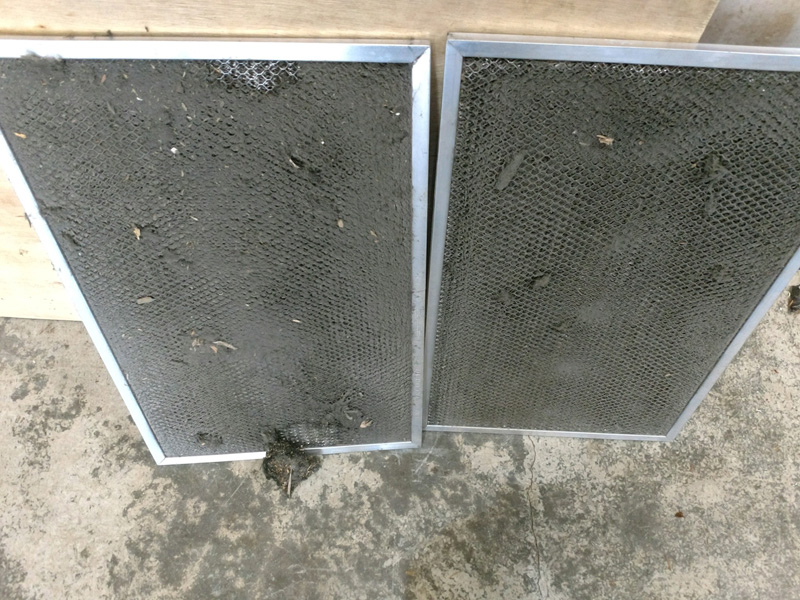
For a heat pump or heater to produce warm air, air must flow easily through the filter. Otherwise it has to work a lot harder just to pull the air, which means you’ll get less warm air coming out than you should. Likewise for the air conditioner. The harder it has to work to pull air through the filter, the less efficient it will be.
If energy efficiency is as important to you as heating or cooling your house, making sure you have a clean air filter is a critical troubleshooting and maintenance step.
3) Interrupted Startup Sequence
This was part of the problem our friend was dealing with. His heat pump was starting up and then shutting off immediately, and the emergency heat was taking over. When he had a professional look into why this was happening, he learned it would be an expensive repair job on an outdated heat pump.
4) Improper Installation
The previous owners in our friend’s house probably realized their heat pump was failing, so they rewired the system in a convoluted way to get around the problem, rather than deal with it properly. Their improper installation thus led to the air conditioner blowing hot air.
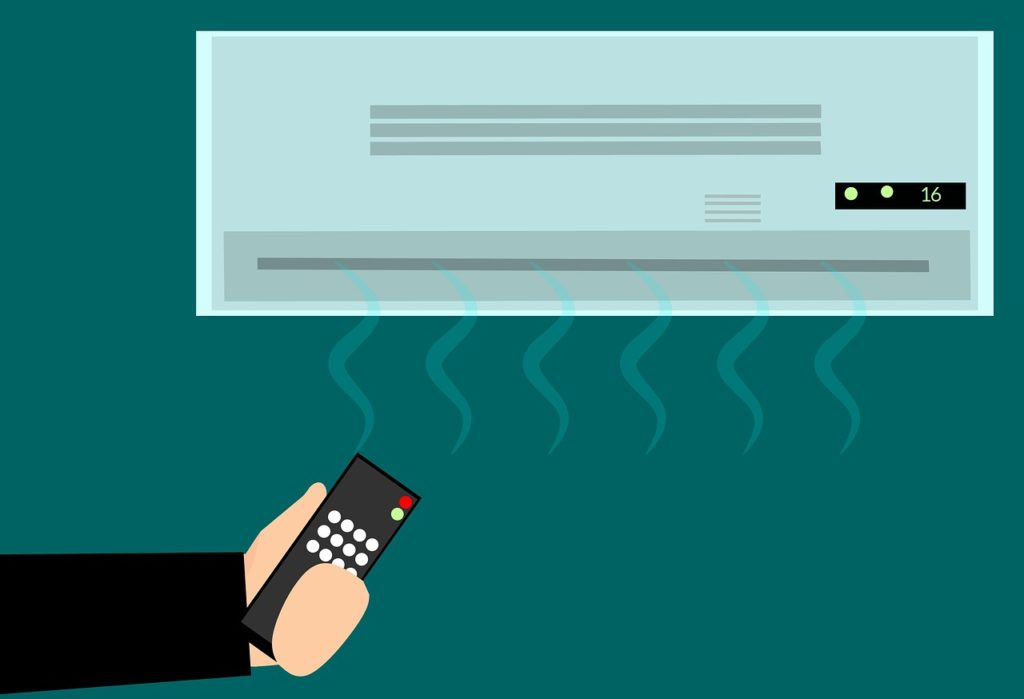
5) Dead Circuit Board
Maybe it got shorted out. Maybe it just died of old age or malfunction. But a dead circuit board ends your furnace’s attempt to heat your house real quick.
6) Worn Down or Busted Motors
Motors that turn the fans and make the conversion process from warm to cold (or cold to warm) work right can get old and rusty, or break down for other reasons. If that happens, your heater (or AC) will not produce the temperature of air you want it to.
If you hear that irritating screeching sound when your system turns on, this could be the reason (though it’s not the only reason that happens).
7) Damaged Ducts
It could be that your heater is working just fine. If your ducts have cracks or worse, then the cold air blowing into your house might be coming straight from outside right into your ducts, mixed in with the warm air your perfectly functional furnace is producing.
What Can I Do If My Heater Is Blowing Cold Air?
You’ve got three basic options.
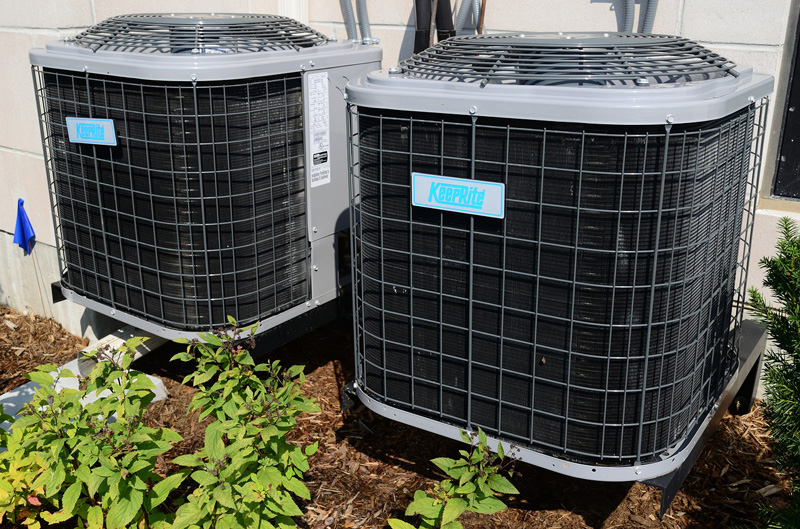
First – make it worse. That’s what our friend’s former homeowners appear to have done. They worked around a failed heat pump by making the emergency heat the main heat. This rendered the AC useless. And, it increased their heating costs a ton, because the air handler is a far more expensive way to heat a house than the much more efficient heat pump.
Second – test out the simple explanations. Check the air filter. Check the thermostat. You might even try turning your circuit breaker off and back on. These simple fixes might solve the problem, saving you lots of trouble, frustration, and expense.
Third – hire a professional. If your heater is blowing cold air, and it’s not one of the first two possible explanations on this list, then you’ll need a specialist to at least come and take a look. You might be able to tell if your ducts have a leak, but fixing them is another issue.
The last five items on the list above require a professional or a new furnace or heat pump to fix them.
If you need a professional and you live in our service area, we’d love to help.
Click the link below, scroll down to see if you’re in our service area, and if you are, tell us what’s going on with your HVAC system.


